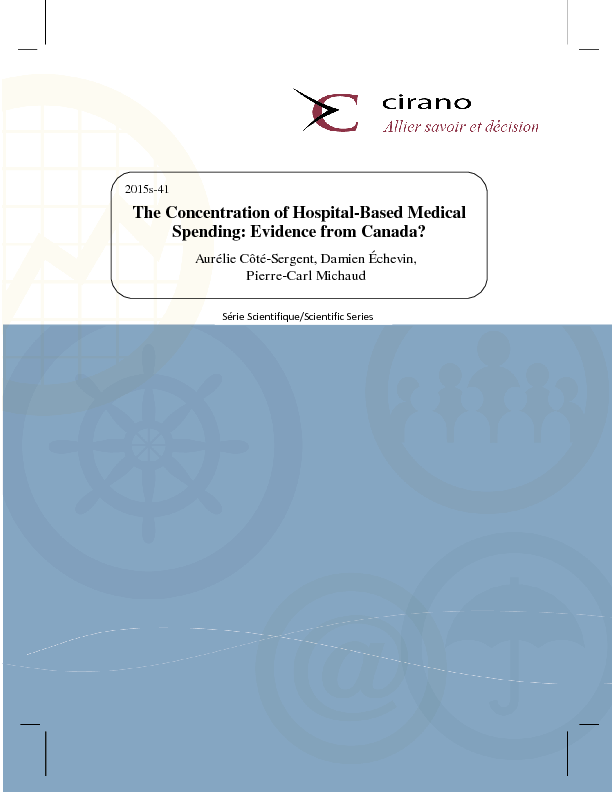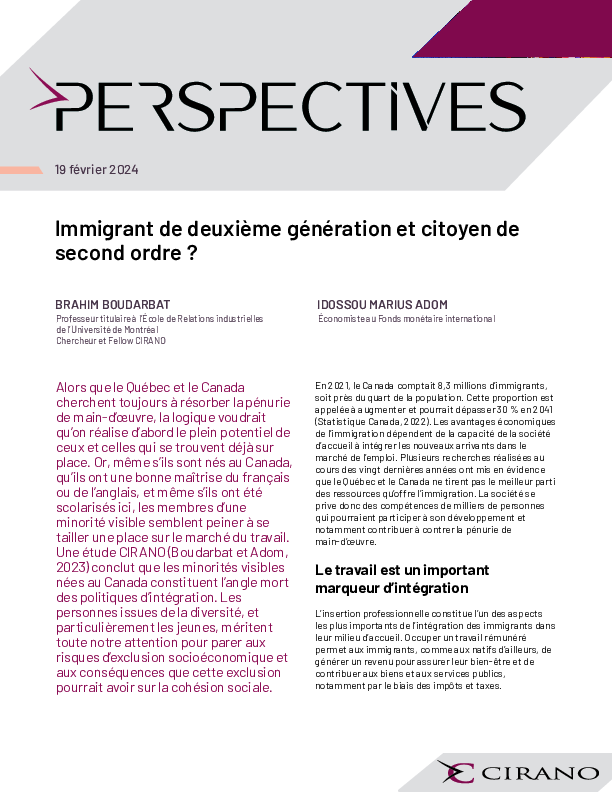The Concentration of Hospital-Based Medical Spending: Evidence from Canada?
In this
paper, we present evidence on the concentration of hospital-based medical spending
in Canada. We use longitudinal administrative data from the province of Quebec
to document how medical spending is concentrated cross-sectionally, over time and
finally near the end-of-life when death occurs at the hospital. Average
expenditures rise rapidly with age, starting around the age of 50, and are
concentrated in a small fraction of high-cost users. For example, the top 1% of
men and women in terms of hospital spending account for 55.5% and 54.8% of total
spending respectively. Persistence among high-users is rather low. Fewer than
3% of those in the top quintile of hospital spending stay in the same quintile
the following year, fewer than 5% have any spending the following year.
Finally, hospital spending among those in their last year of life and who die
at the hospital can account for 11.1% of total hospital spending in the
population. Most of that end-of-life spending, more than 80%, occurs in the
last month of life.
[ - ]




